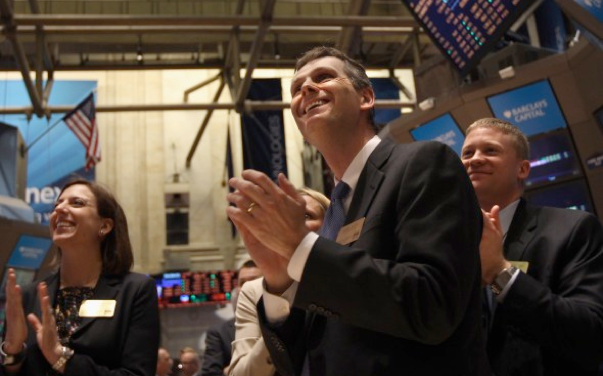Bobby Kaltenbach
News Editor
The Dow Jones industrial average is considered by most experts to be the clearest way of gauging the health of the
economy. Since 2008, the Dow has fluctuated between lows of 6,500 and highs of 12,000. Despite a steady increase since 2009, economists were not expecting
the stock market index to reach 13,000 for the first time in nearly four years.
On February 22, about two hours into the trading day, the Dow crossed the 13,000 mark, before closing the day at 12,965.69.
Though it was only able to maintain an average of over 13,000 for a few minutes, many economists view it as symbolic of a return to economic health and a sign
of good things to come.
The last time the Dow finished above 13,000, unemployment was at an unimaginable 5.4%, around 3 points lower than it is
today. According to economist Scott Brown, the recent surge might help ease concerns that many Americans have about the country’s financial state. “Essentially,
over the last couple of months, you've taken the two biggest fears off the table: that Europe is going to melt down and that we're going to have another
recession here.”
The Dow’s climb has come at a convenient time for President Barack Obama, who will face re-election in November. CNN
recently reported that the Dow has increased 63% since Obama took office, with a total point increase of over 5,000.
Historically speaking, a precedent suggests that an incumbent has a distinct advantage when the stock market improves. When Bill Clinton ran for re-election in 1996, the 60% increase in the Dow helped propel him to one of the most lopsided victories in presidential history. Similarly, Ronald Reagan won in 1984 amid a dramatic increase in the Dow.
